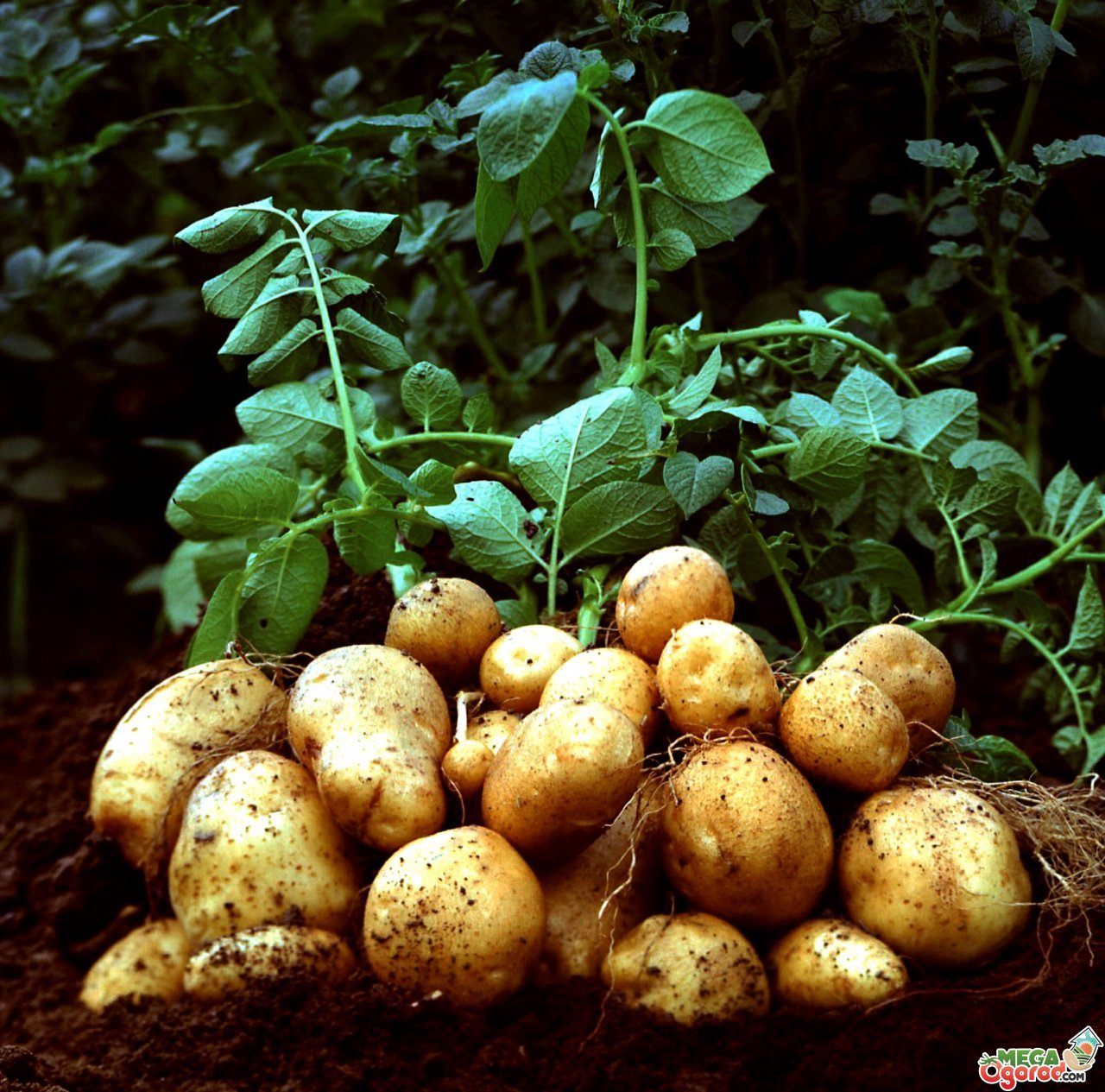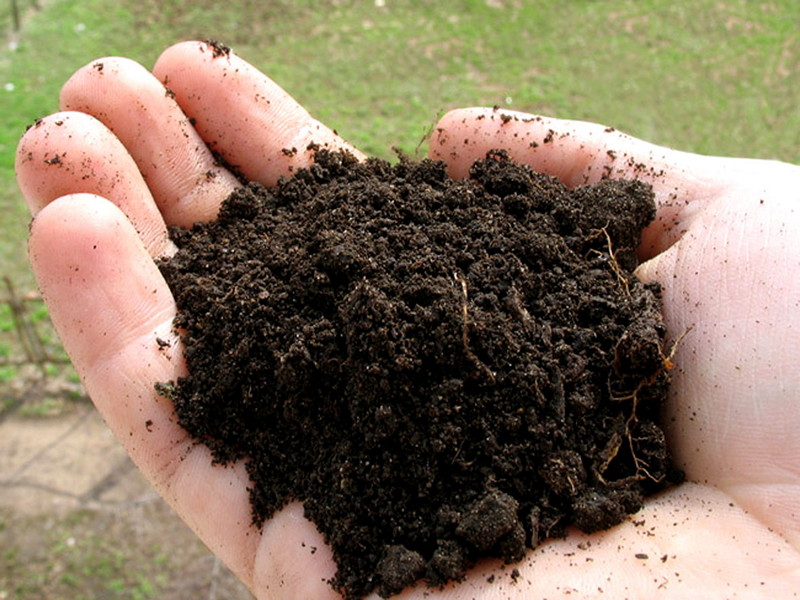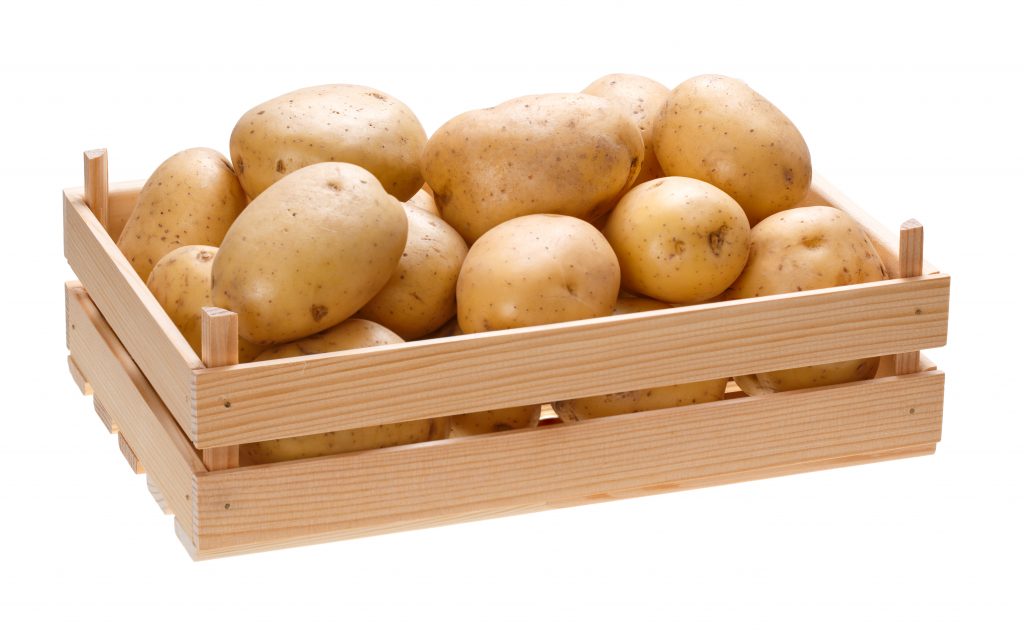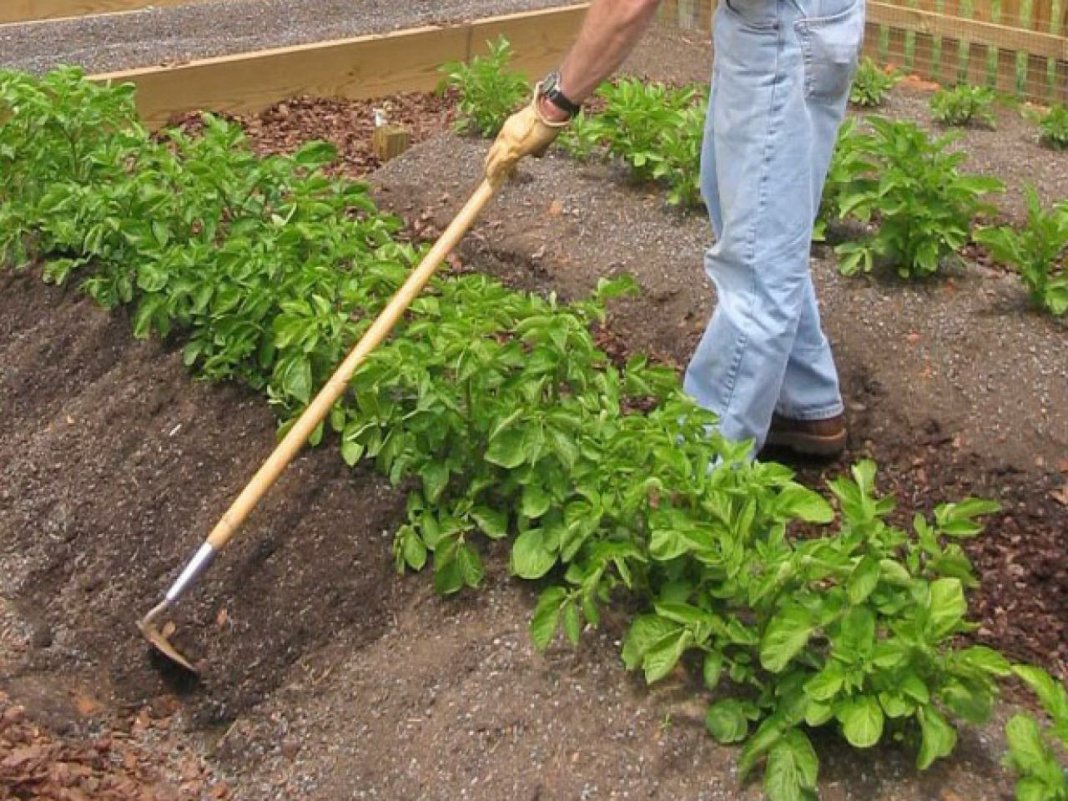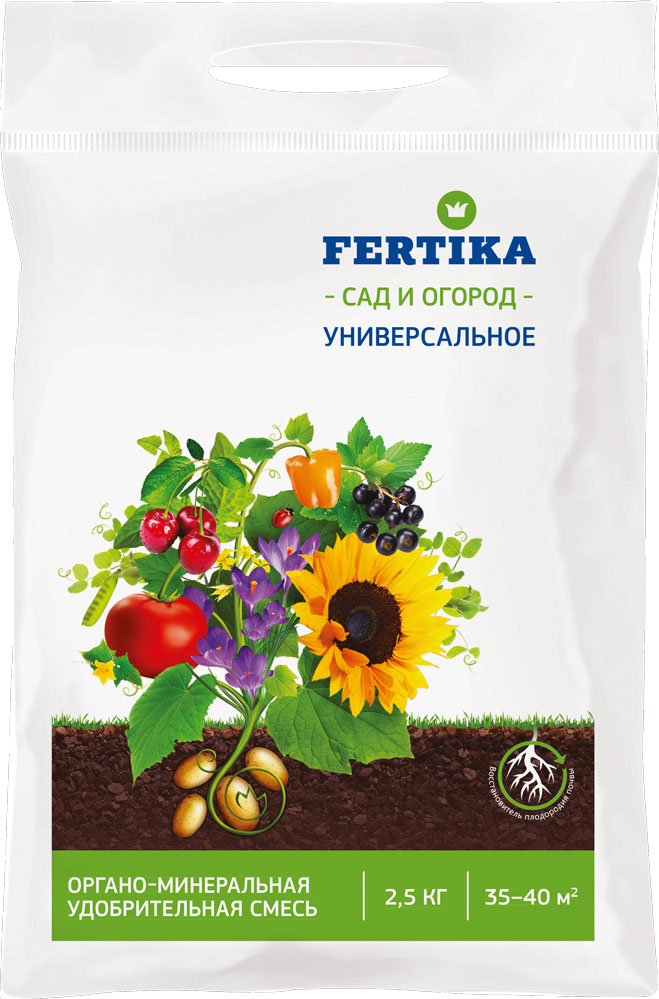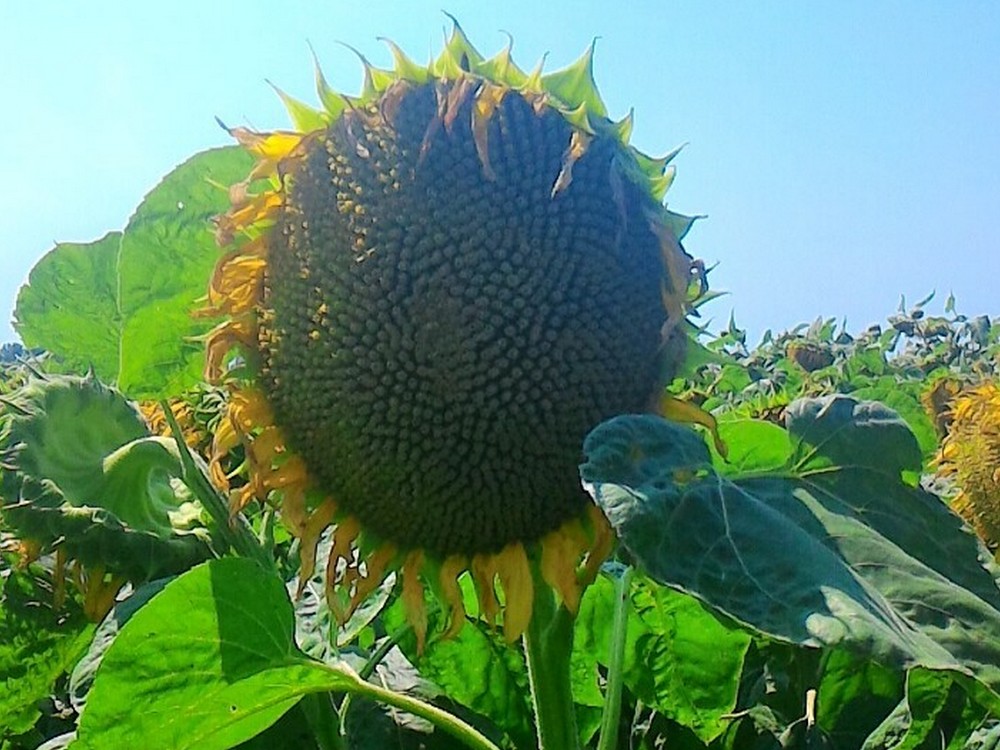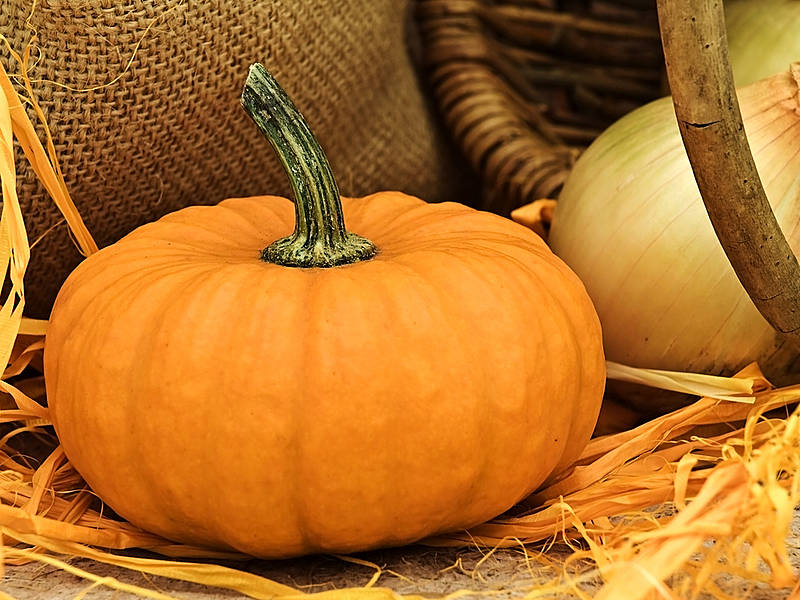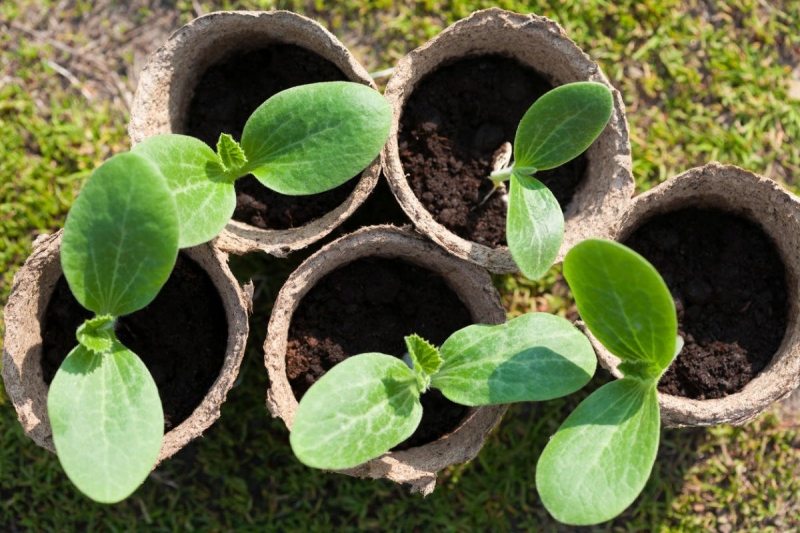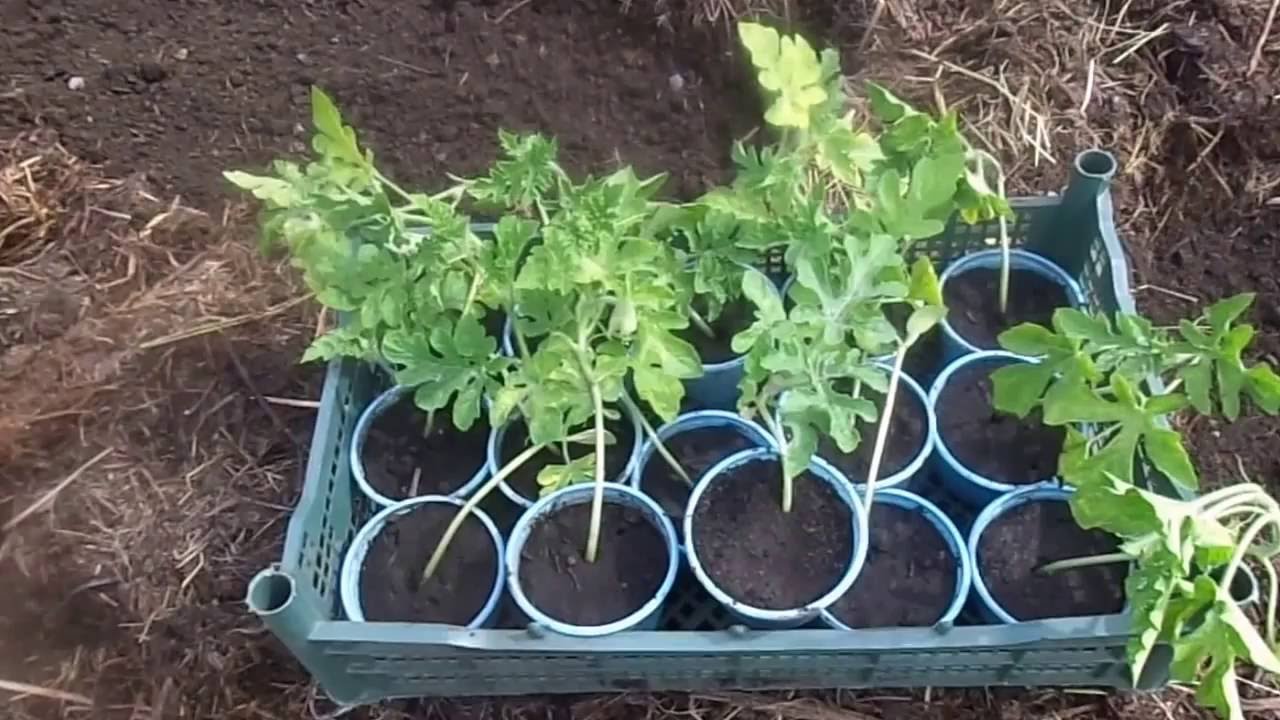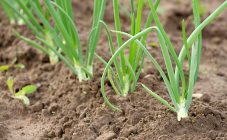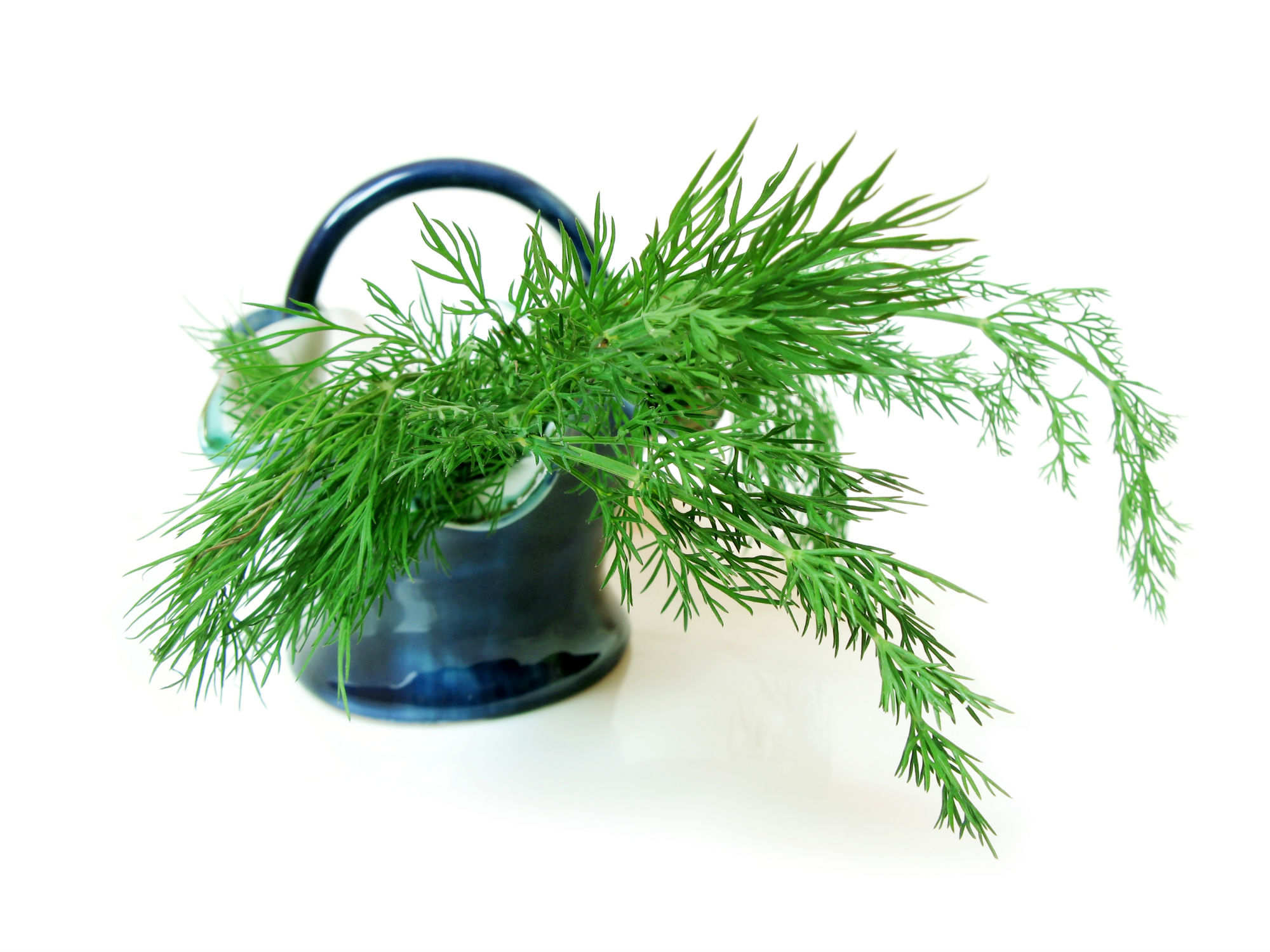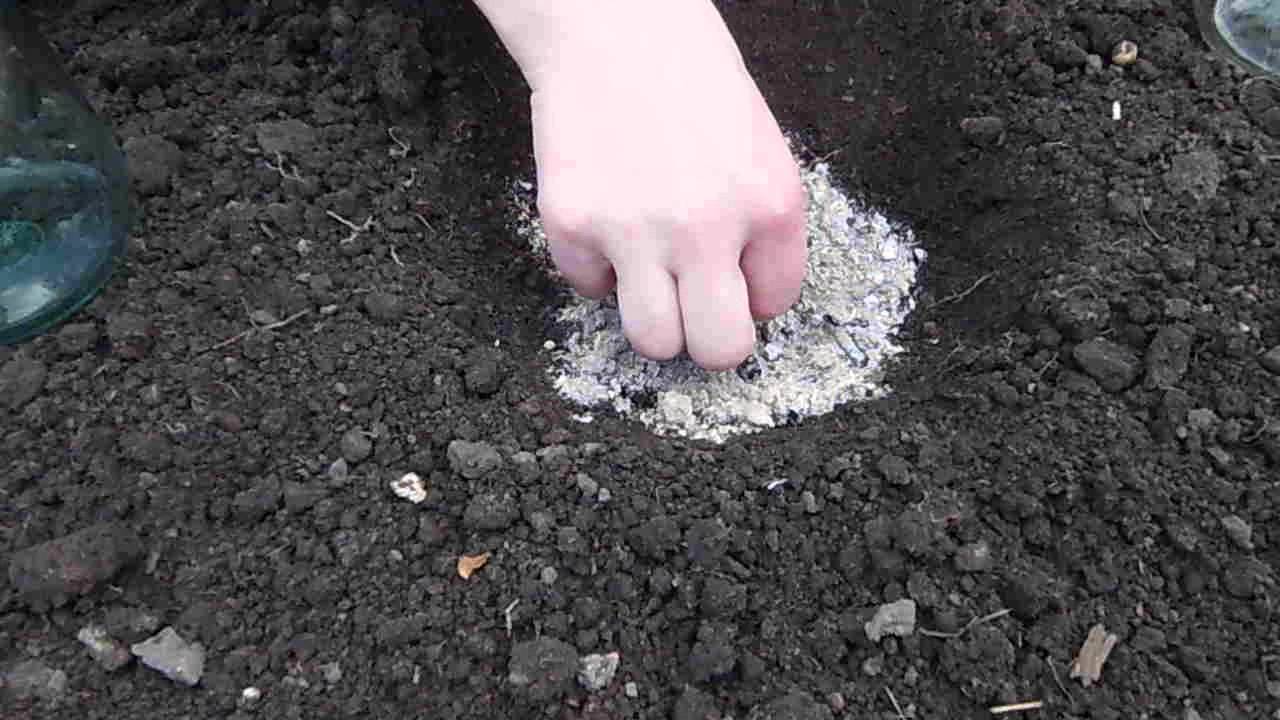Content:
Every year, potatoes are considered the most grown horticultural crop in our country. However, even experienced summer residents make mistakes when planting tubers or do not carefully adhere to the recommendations for agricultural care, which leads to a meager harvest of poor quality. The list of factors affecting the overall yield indicators, subject to which gardeners often make some inaccuracies, include:
- climatic situation;
- high-quality soil preparation;
- the correct selection of the variety;
- compliance with crop rotation;
- pest control methods;
- the presence of immunity to diseases.
About the potato plant
Potatoes are a fruit and vegetable crop that grows in the form of a bush, the average length of which is one meter. The stem part of a bush plant is distinguished by a ribbed surface in the absence of pubescence. The underground part of the stem has half-meter branches, the ends of which are the place for the formation of new tubers.
The potato tuber is a highly developed starch-cell bud enclosed in a thin peel of cork-type tissue. The leafy part of the potato plant has a dark green color, characterized by an unpaired location and pinnate dissection of each individual leaf. The flowers are pink or white. The type of inflorescence is corymbose, it is located in the apical stem of the plant.
Reproduction of this culture is carried out by a vegetative method - with the help of whole tubers or their parts. The advantages of seed reproduction are the low cost of planting material and no need for storage in the cellar. However, seed propagation of potatoes is practiced among experienced vegetable growers. Growing a new variety from seeds allows you to get young tubers that have good immunity to fungal and viral diseases, in contrast to the old planting material. It should be noted that the germination of potato seeds cannot be attributed to the simple methods that are available to every gardener, including those who have just begun to discover gardening for themselves.
How to plant and cultivate correctly
First of all, before you can start growing and care for potatoes, you need to start preparing the soil. In the autumn season, the soil is dug up with the introduction of organic matter.
A number of components are used to neutralize acidified earth, such as:
- lime;
- a piece of chalk;
- dolomite flour.
You can make the structure of the soil lighter by adding peat mixed with sand, and peat mixed with clay, mullein and compost is added to make it heavier.
Preparation of planting material
The most suitable time for the selection of planting material is considered when the calendar switches to the autumn season, since it is then that the tubers are laid for storage in the cellar or basement. The required storage temperature for potatoes in winter is + 4 ° C, the permissible relative humidity is 60%.
The seed germinates a month before the start of planting activities, in conditions of sufficient lighting. Seed material taken from the cellar should be placed in a box or on a tarp in one layer, subject to the condition that sufficient sunlight is available.
The presence of light promotes a more active course of the tuber greening process, which has a beneficial effect on plant growth and resistance to a number of diseases.
The process of bulkheading potato tubers consists in rejecting rotten, diseased potatoes, non-standard in size, as well as those on which there are no sprouts. Potatoes should be sorted just before planting.
How to care for potato plantings
In order to avoid freezing of the first potato seedlings, they should be covered with earth, no more than 5 centimeters thick. Refusal to carry out this agrotechnical recommendation will lead to a decrease in the yield indicator.
Systematic weeding is an activity for the care and cultivation of potatoes in the open field, one of the main components of such a complex of agrotechnical measures as planting and care of potatoes in the open field, is carried out for the timely removal of weeds, as well as to prevent the formation of a hard after-rain crust.
It is also required to spud potatoes 3 times a season. Carrying out this agrotechnical measure has a positive effect on the quality of root crops development, and also destroys weeds.
When carrying out hilling in the traditional way, the land must be raked into rows from row spacing. The first hilling allows you to displace part of the tops under the ground.
When hilling in a fan-like manner, the earth is not scooped up from the sides, but is placed in the central part of the planting, which contributes to more abundant lighting of the plantings. Carrying out rolling hilling contributes to a twofold increase in the quantitative indicator of yield. The first stage of hilling is carried out when the sprouts reach 10 centimeters in height. The second hilling of potato plantings is carried out 2 weeks after the first. First of all, the ridges are cleaned of weeds, after which the plants are covered with a thin layer of soil.
The most common fertilization method is root. At the time of planting, the nest method of fertilizing is used by distributing the mixture into each hole.
It should be noted that nest fertilization, which is not new in horticultural business, is considered the most economical. The composition of the introduced organic-mineral mixture includes the following components:
- humus;
- superphosphate;
- ash;
- ammonium nitrate.
Fertilization during the growing season is carried out:
- When shoots appear after planting, dilute 15 grams of urea and 0.5 liters of mullein in a bucket of water, spending 0.5 liters per bush. Mullein can be replaced with bird droppings, and urea with saltpeter;
- During the transition to the budding stage, phosphorus and potassium are introduced - 15 grams of double superphosphate and potassium sulfate and 0.5 glass of ash must be diluted in 10 liters of water. For watering each shrub, 0.5 liters of the prepared composition is needed;
- When in the flowering stage, an organic-mineral fertilizer is applied, made from 30 grams of simple superphosphate, 1 glass of slurry, diluted in a bucket of water. Fertilizer consumption - 0.5 liters per one bush.
Water the potato plantings as the soil dries up.
Treatment against diseases and pests
A preventive measure against viral diseases is to plant only exceptionally healthy seeds. Against fungal diseases, it is necessary to spray when the plant passes into the stage of flowering and budding.
As a prophylaxis of late blight, it is necessary to spray the seed material before planting in the ground using the Bordeaux mixture.
Prevention of diseases that may occur on the territory of a potato field is sowing along the edges of the plot of such plants as:
- aromatic herbs;
- calendula;
- horseradish.
Avoid planting sunflowers if the distance between them and the potatoes is too close.
Potatoes are considered one of the most unpretentious garden crops. However, observing the above recommendations on how to plant potatoes in open ground, you can significantly improve the quality of the crop.
